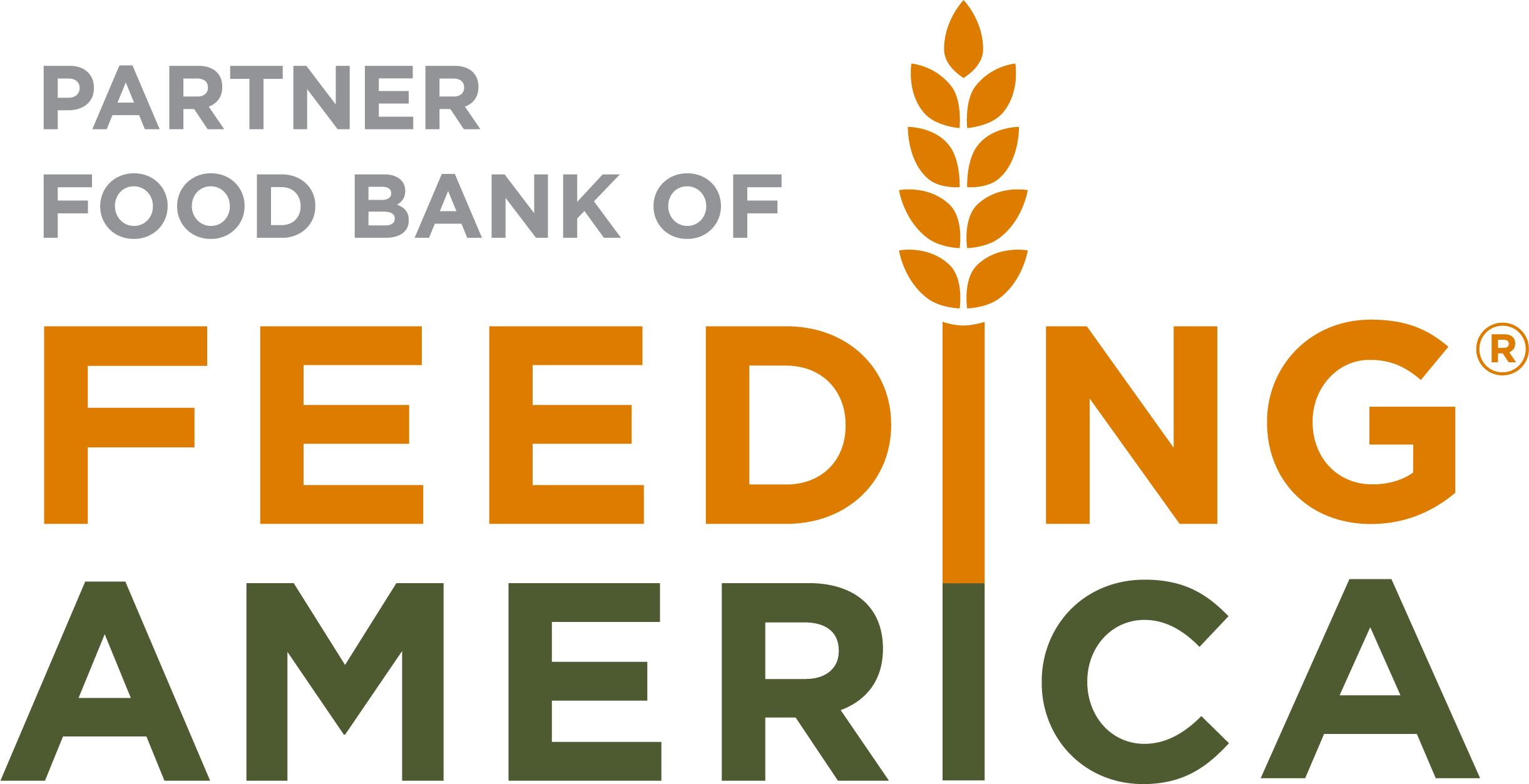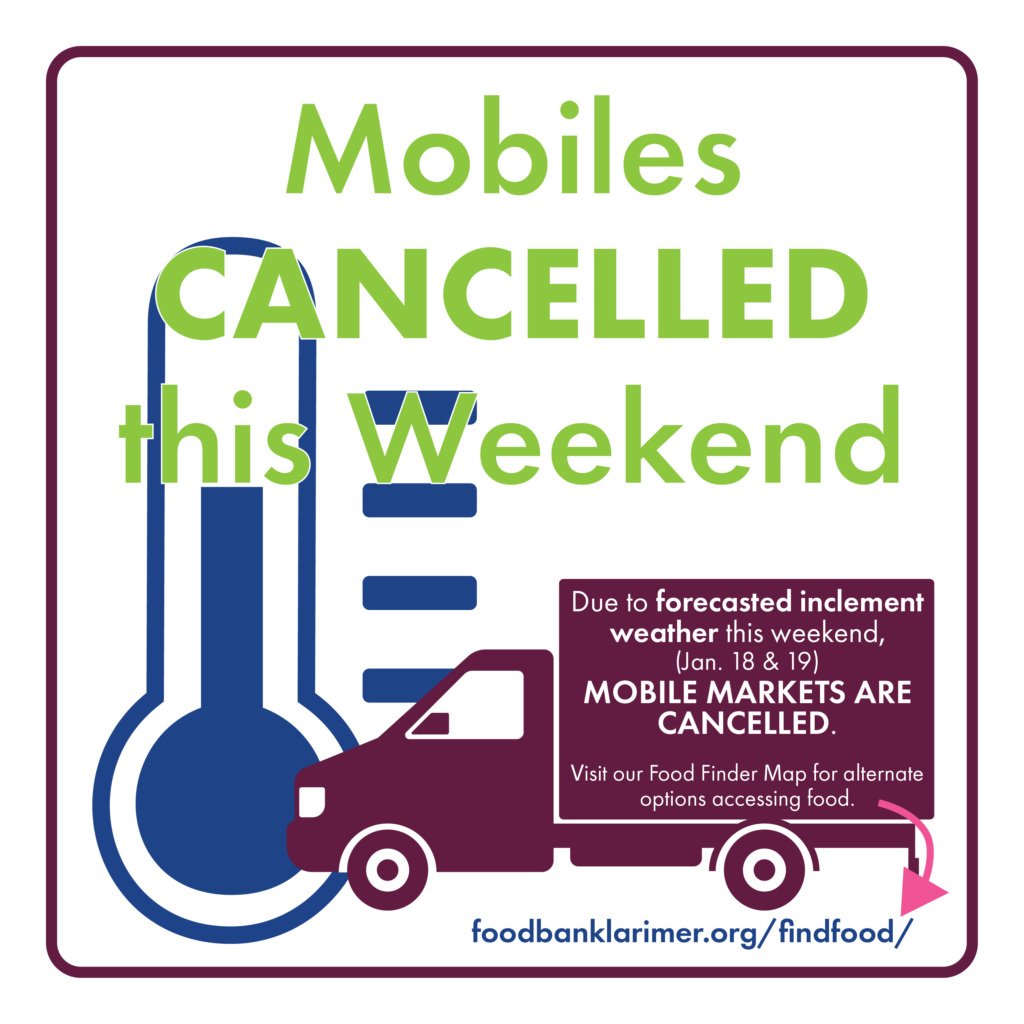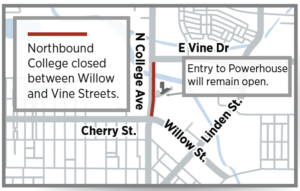The USDA defines food insecurity as a lack of consistent access to enough food for every person in a household to live an active, healthy life. But what does that actually mean?
Most people think the only people or households that are “food insecure” are those that qualify for or receive SNAP benefits. But the terms includes many more people and households than that.
In short, a person, family, household, etc. is food insecure simply if they have an economic and social condition that makes them have limited or uncertain access to adequate food. This includes so many more people than those who are “poor.”
Defining Characteristics of Food Insecurity
The defining characteristic of very low food security is that—at any time during the year—food access and/or intake is reduced, and normal eating patterns are disrupted because the household lacks money and other resources. Here are some shocking numbers about Americans who identify as being food insecure:
- 98 percent reported having worried their food would run out before they had money to buy more.
- 97 percent reported the food they bought just did not last, and they did not have money to get more.
- 94 percent reported they could not afford to eat balanced meals.
- 95 percent reported an adult had cut the size of meals or skipped meals because there was not enough money for food; 87 percent reported this had occurred in 3 or more months.
- 94 percent reported they had eaten less than they felt they should because there was not enough money for food.
- 67 percent reported they had been hungry but did not eat because they could not afford enough food.
- 47 percent reported having lost weight because they did not have enough money for food.
- 32 percent reported an adult did not eat for a whole day because there was not enough money for food; 24 percent reported this had occurred in 3 or more months.
All households without children that reported at least 6 of the above conditions are classified as having very low food security. But, 69 percent of these households reported 7 or more conditions. Many households struggle much more that we may know or assume. Food-insecure conditions in households with children followed a similar pattern.
Food insecurity risk factors
Some of the causes of food insecurity include poverty, unemployment, or low income. Lack of affordable housing. Chronic health conditions or lack of access to healthcare.








